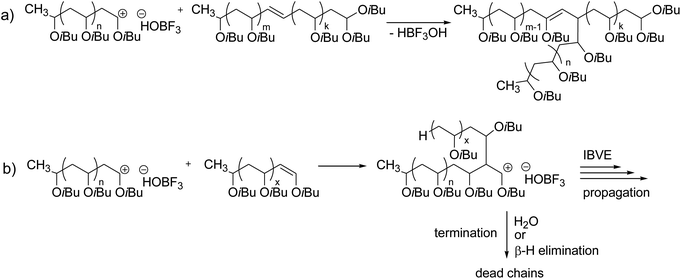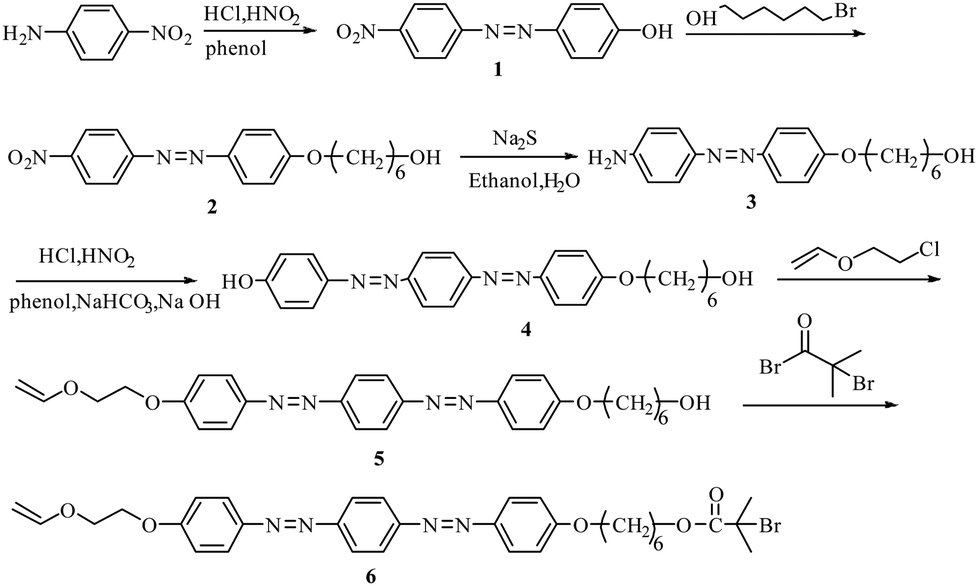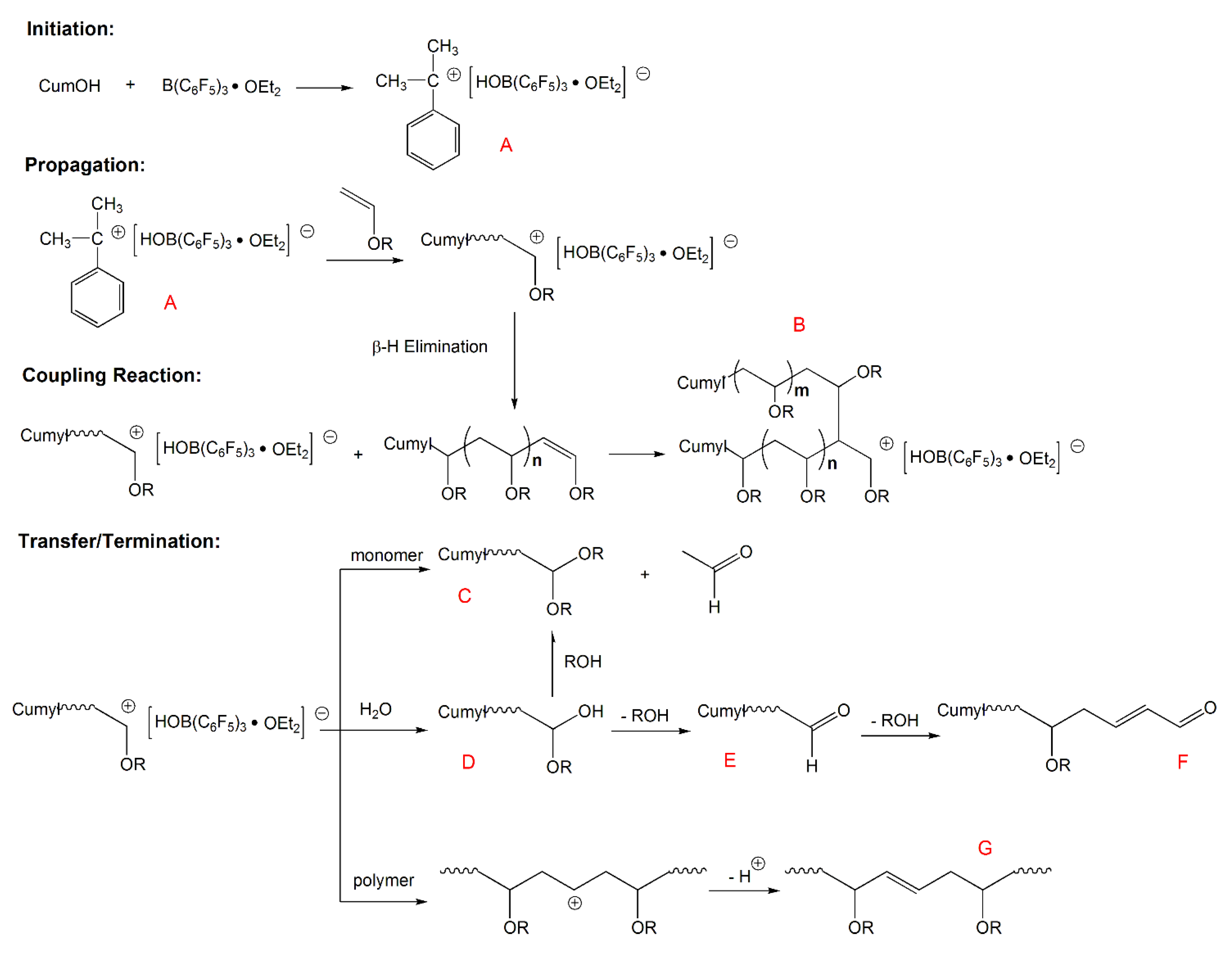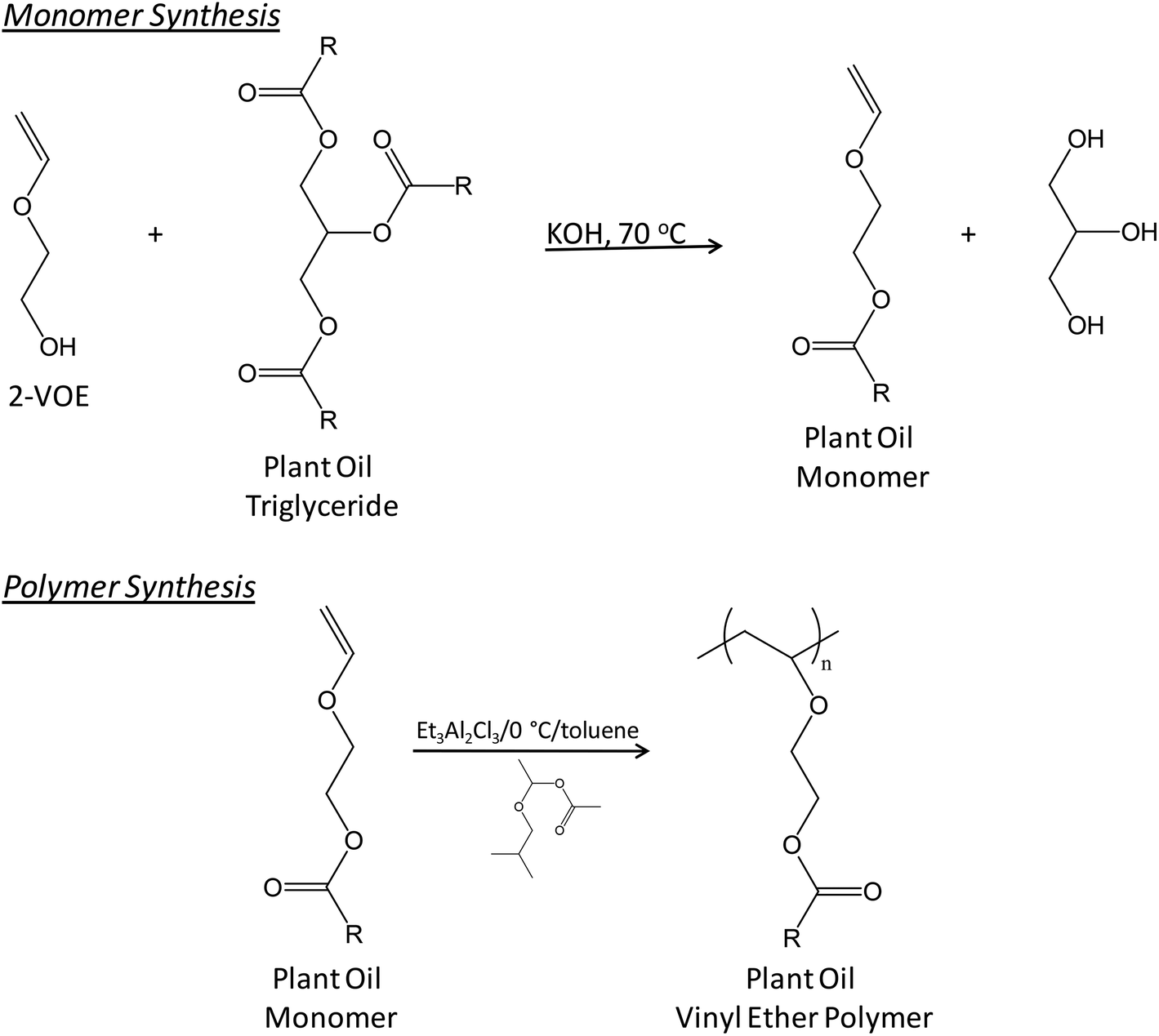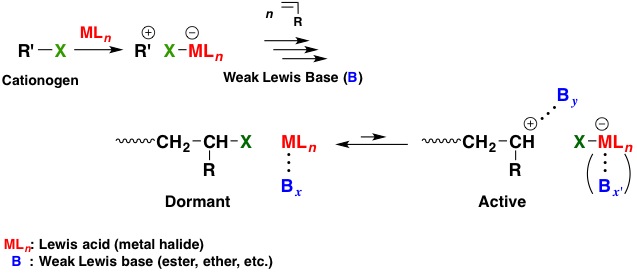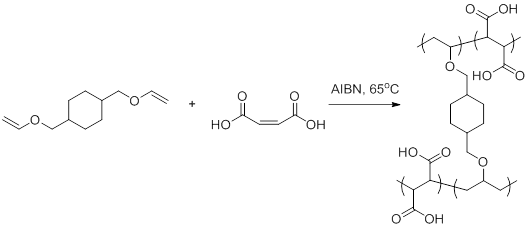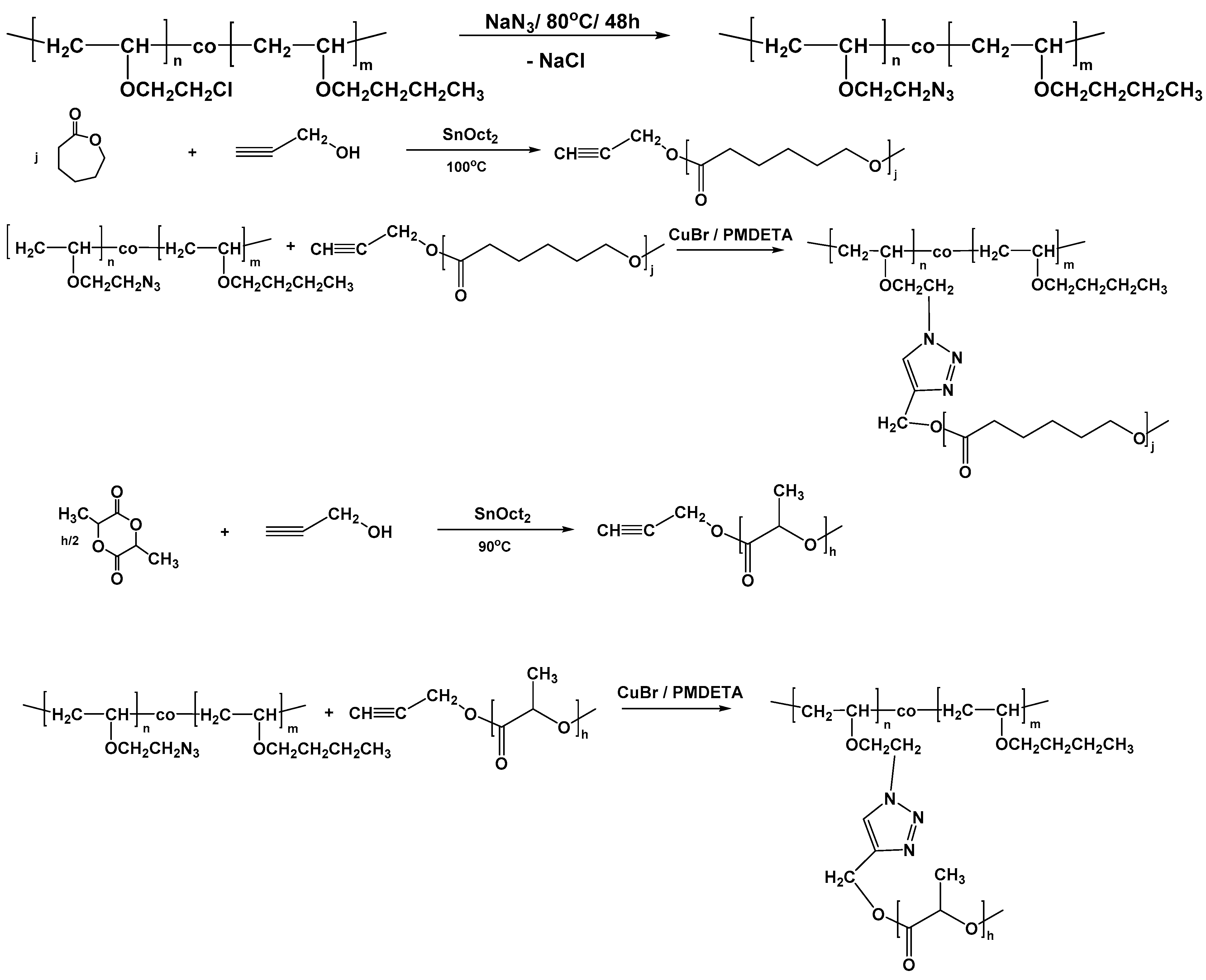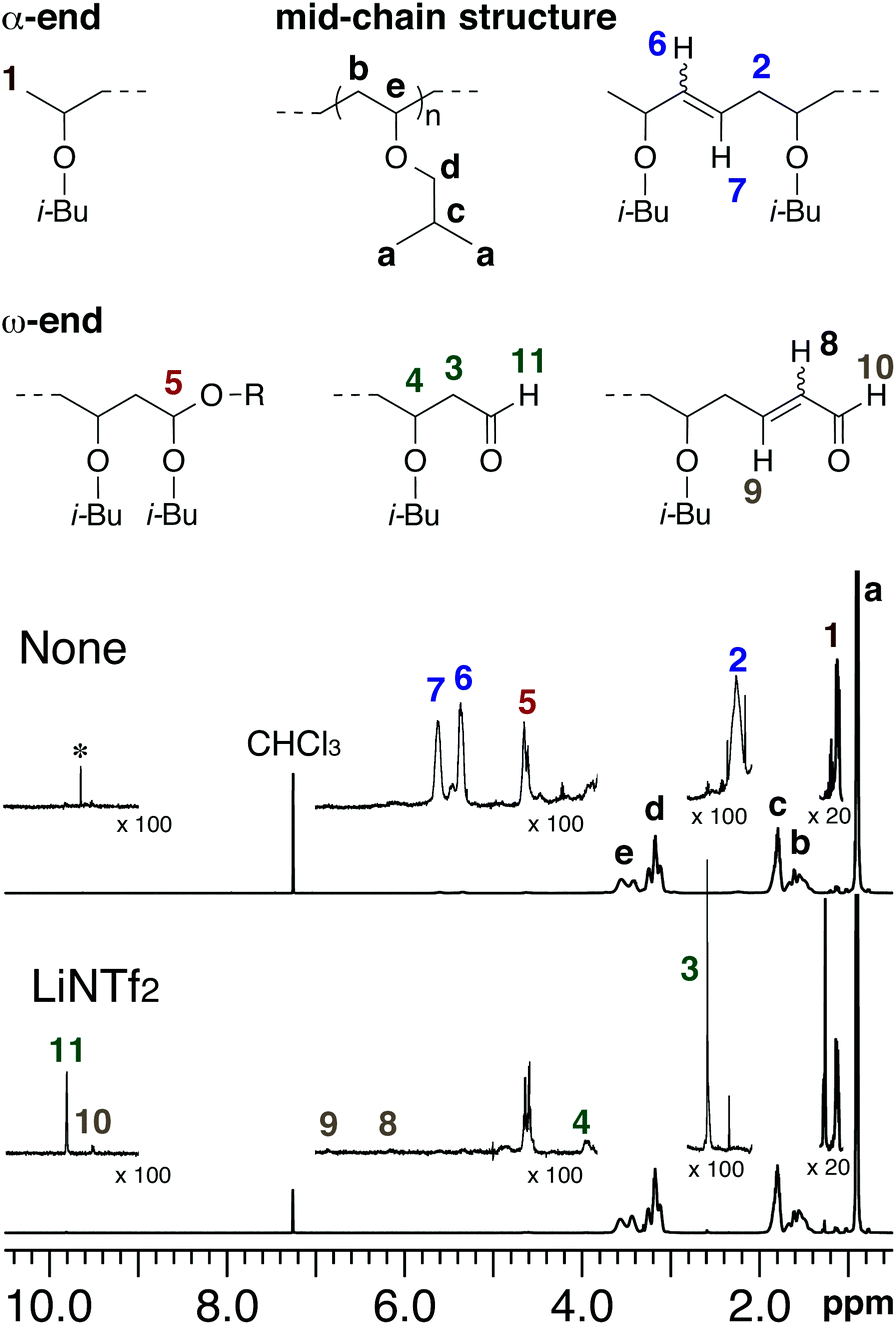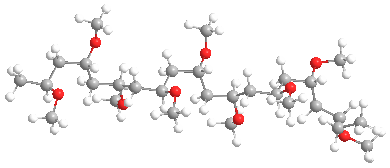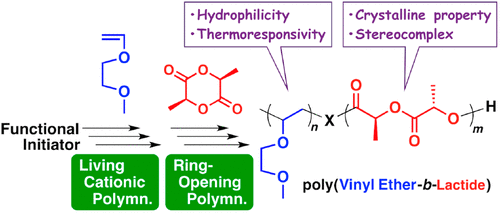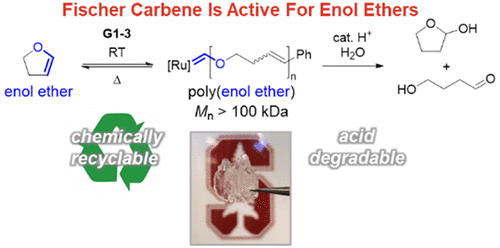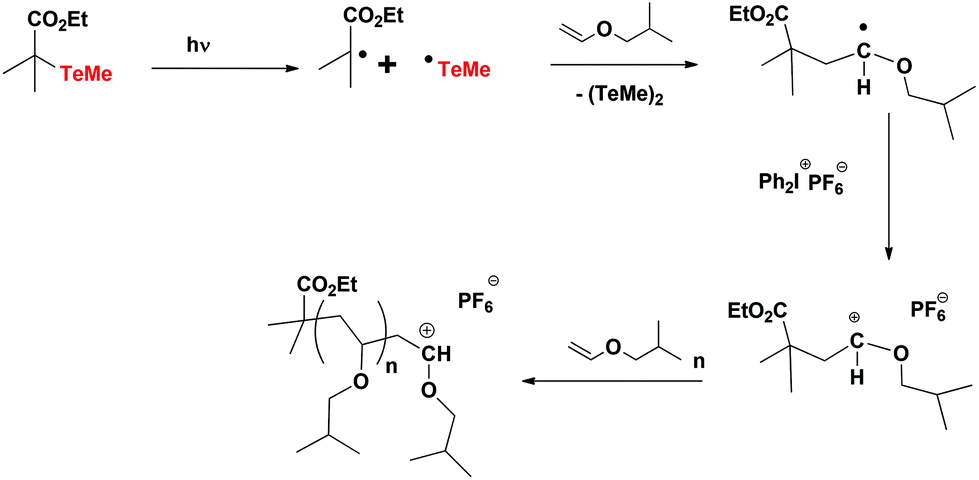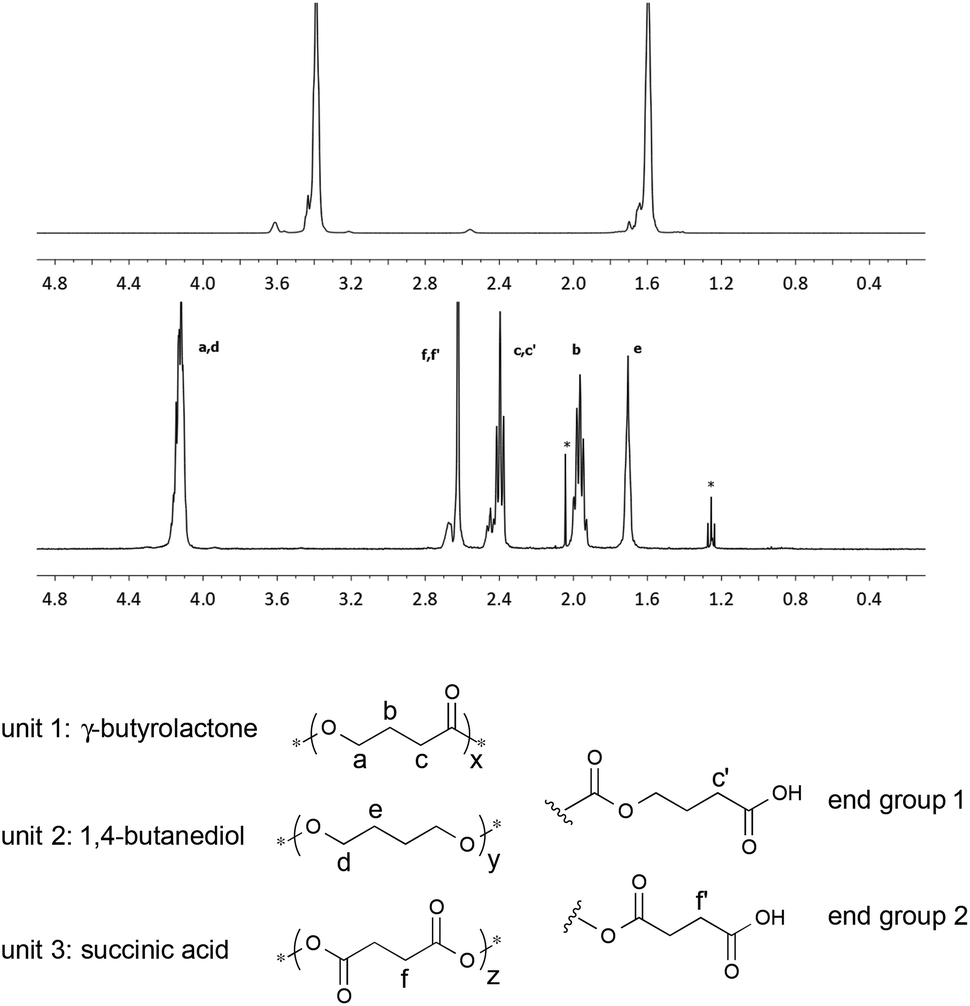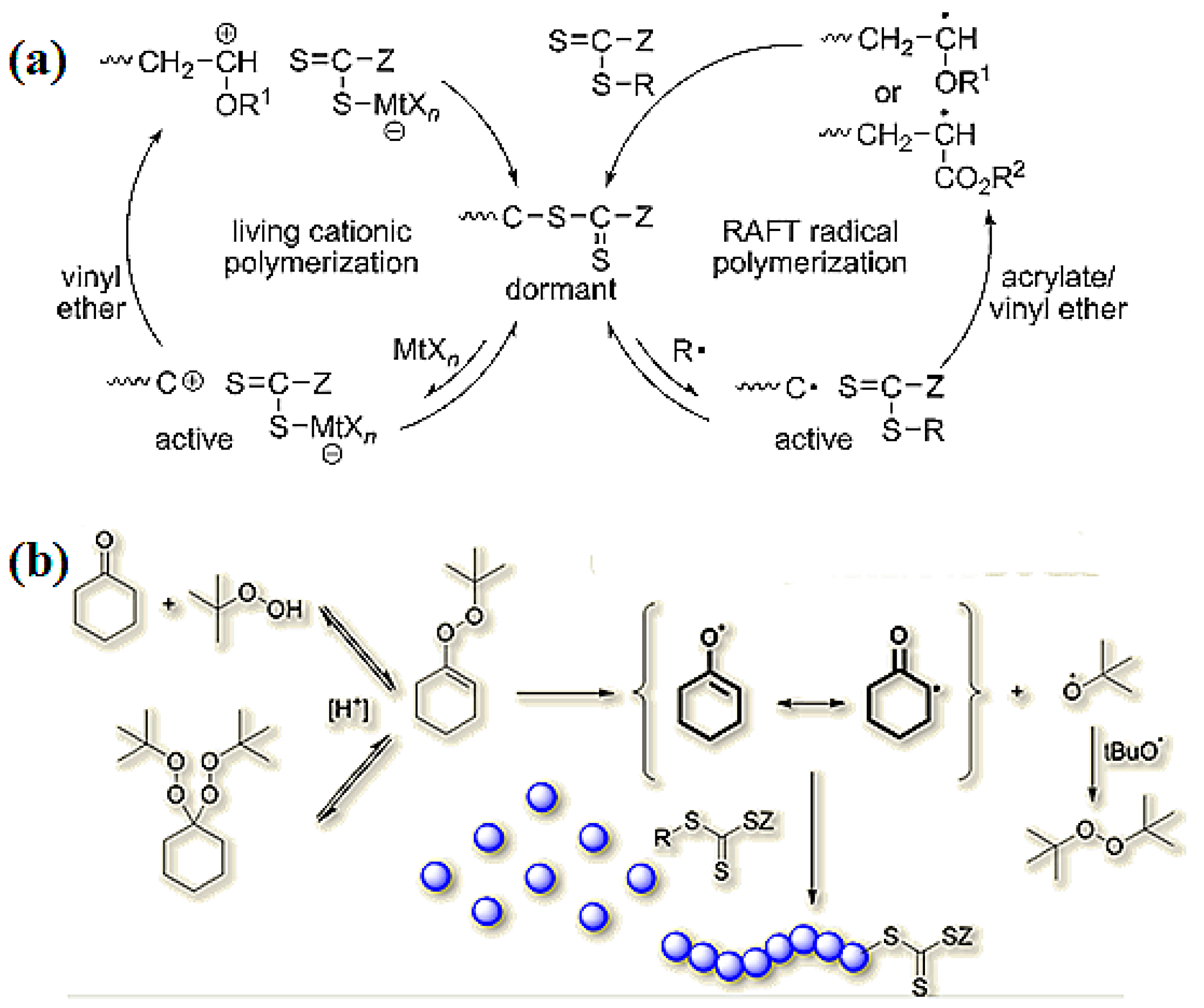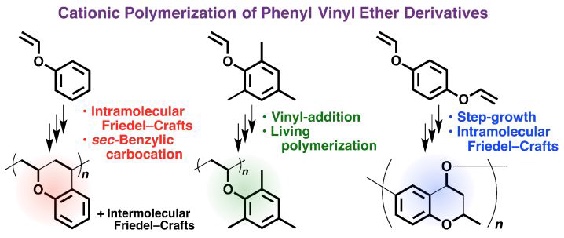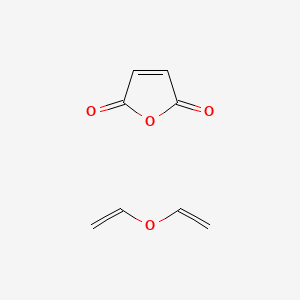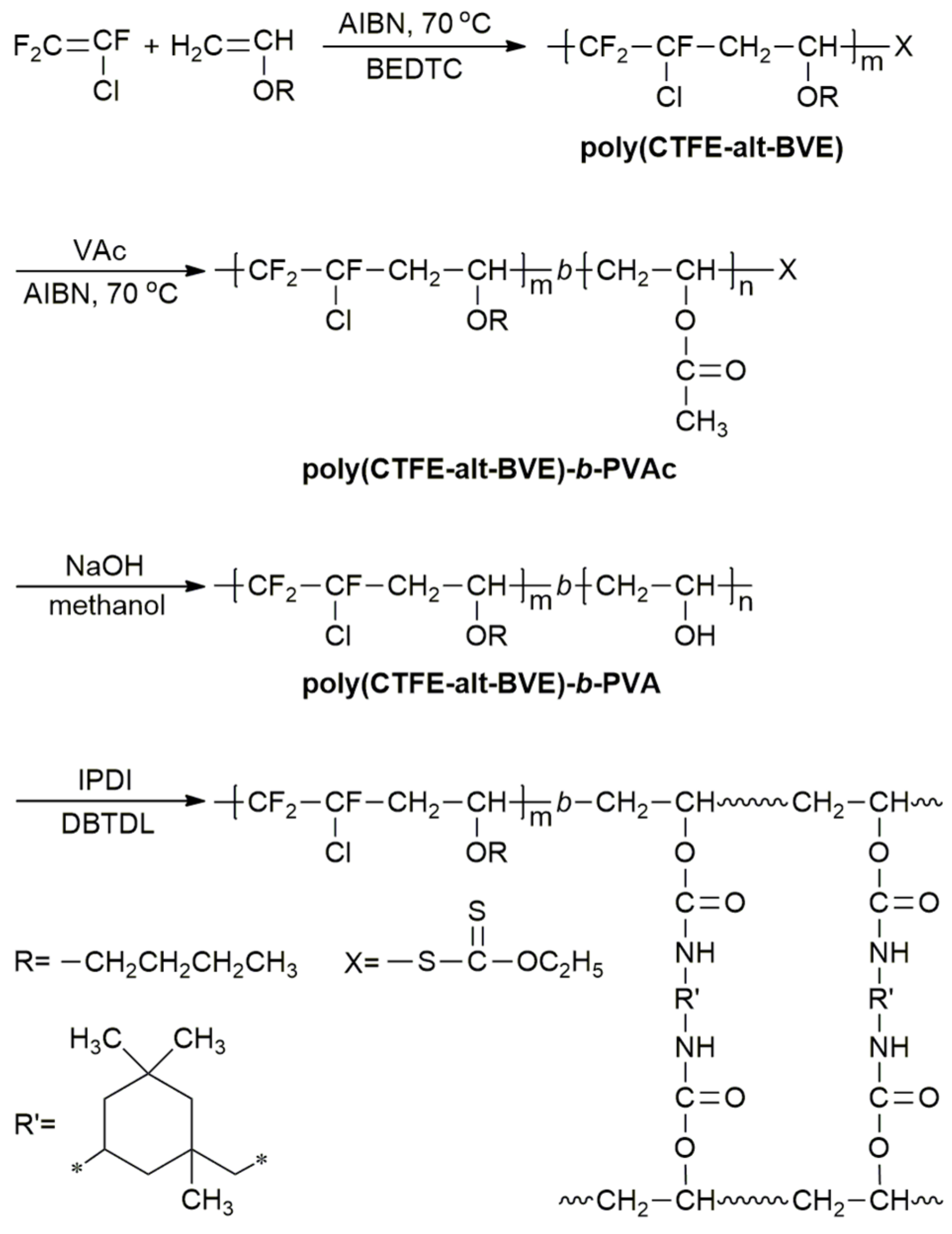Vinyl Ether Polymerization

They are increasingly used in radiation curing systems because of a lower toxicity profile than the commonly used acrylic monomers.
Vinyl ether polymerization. Teator and leibfarth report a general protocol to polymerize a variety of such vinyl ethers isotactically see the perspective by foster and o reilly. The photoinitiated polymerization of vinyl ether ve based coatings has been studied by real time infrared rtir spectroscopy. 1 the first systematic investigations of vinyl ether polymerization began in 1928 at i g. Vinyl ethers undergo homopolymerization via a cationic mechanism.
Cationic polymerization of poly α methylstyrene block isobutyl vinyl ether using maghnite h clay algerian mmt as catalyst moulkheir ayat mohammed belbachir abdelkader rahmouni. Provided is a method for the polymerization of vinyl ethers catalyzed by complexes of a lithium salt and a polyether. We have recently realized ring expansion cationic polymerization of vinyl ethers by using a hemiacetal ester embedded cyclic initiator that is easily synthesized. In order to overcome the challenge of direct radical polymerization of vinyl ethers commercial hydroxy functional vinyl ethers such as 2 hydroxyethyl vinyl ether heve were subjected to free radical polymerization generating vinyl polymers without polyacetals obtained by self polyaddition polymerization.
This polymerization proceeds under mild conditions. They rely on a chiral phosphoric acid in. A combination of a metal free photocatalyst a chain transfer agent and light irradiation enables the synthesis of various poly vinyl ether s with good control over molecular weight and dispersity as well as excellent chain end fidelity. It was in 1878 that wislicenus reported the transformation of ethyl vinyl ether into a viscous material in the presence of iodine.
Vinyl ethers undergo radical initiated copolymerization in the presence of specific monomers such as maleates fumarates and acrylics. Isospecific polymerization and recognition of chiral side chains titanium complexes of α α α α tetraaryl 1 3 dioxolane 4 5 dimethanol taddol derived from naturally abundant tartaric acid were demonstrated to function as highly effective. Stereoselective cationic polymerization of vinyl ethers by easily and finely tunable titanium complexes prepared from tartrate derived diols. In the presence of diaryliodonium or triarylsulfonium photoinitiators the cationic polymerization occurs rapidly upon uv exposure and continues to proceed upon storage in the dark.

